Techspot writes that back in 2021, Microsoft took a big step in its climate-oriented action, financing the removal of one billion tons of CO2 from the atmosphere. However, officials from the American giant found that some of its emissions, the scope 3 ones to be precise, were still on the rise, reducing its progress.
Scope 3 emissions are still associated with a company, despite the fact that it is not directly responsible for their release. They usually come from suppliers and distributors, which means that they are hard to control and reduce.
To continue reducing its overall environmental footprint, Microsoft started collaborating with Running Tide, a company that converts the carbon cycle that happens between our oceans and the atmosphere, thus restoring the health of marine ecosystems.
Essentially, what Running Tide is doing is slowing down the carbon transfer process that happens between our oceans and our atmosphere.
There is the fast cycle, which happens every few years and it allows carbon concentration in the atmosphere to remain high. Then, there is the slow cycle, which keeps carbon emissions in the ocean and out of the air we breathe for much longer, for hundreds or even millions of years.
Running Tide's solution is based on specially deployed buoys that are located hundreds of miles from the shore.
They are made of limestone and forest matter and have algae seeds in them. The algae grow by absorbing carbon from the atmosphere, while the rest just dissolves away. In the process, it loses the ability to float and just sinks to the ocean floor, capturing carbon emissions with it.
While great on paper, the technology still needs to be proven, which is exactly what the team behind Running Tide is trying to do.
Testing so far allowed the company to remove 1.000 tons of CO2 from the atmosphere and plans are that it will help Microsoft remove some 12.000 tons over the next two years, during which the technology also matures.
 Mihai - Cristian Ioniță
Mihai - Cristian Ioniță

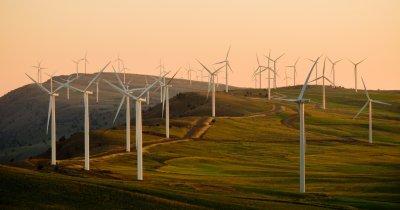
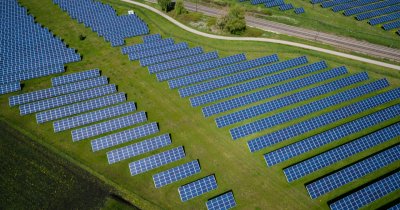



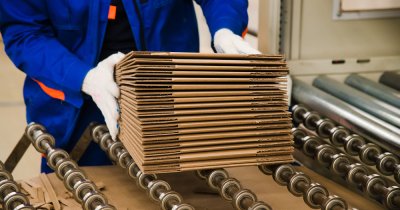
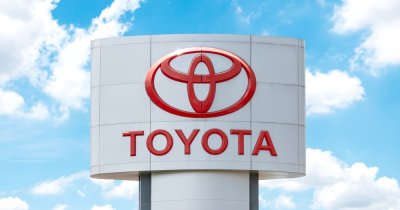

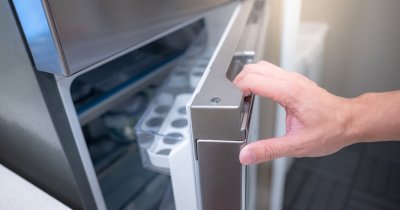
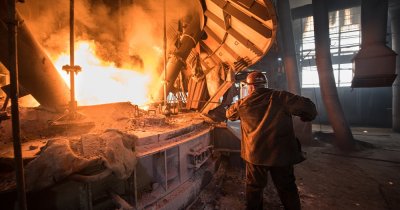

Any thoughts?